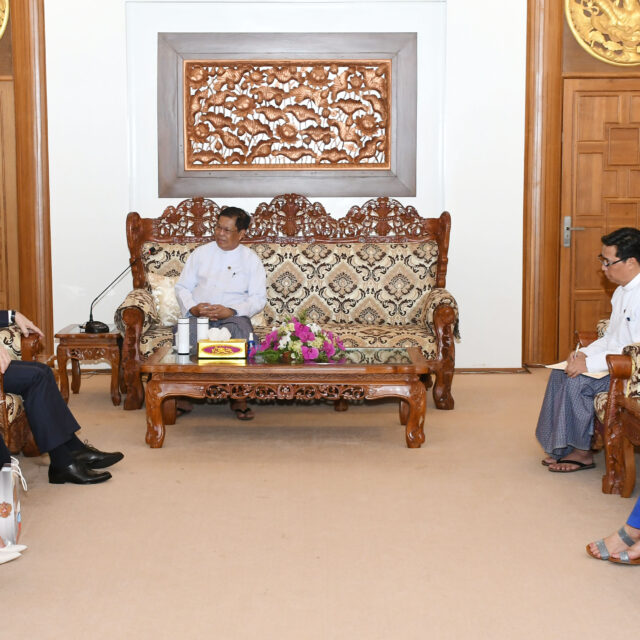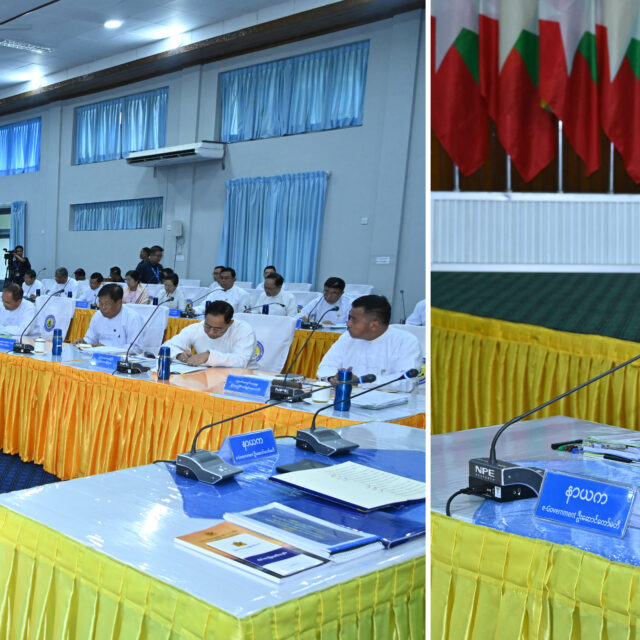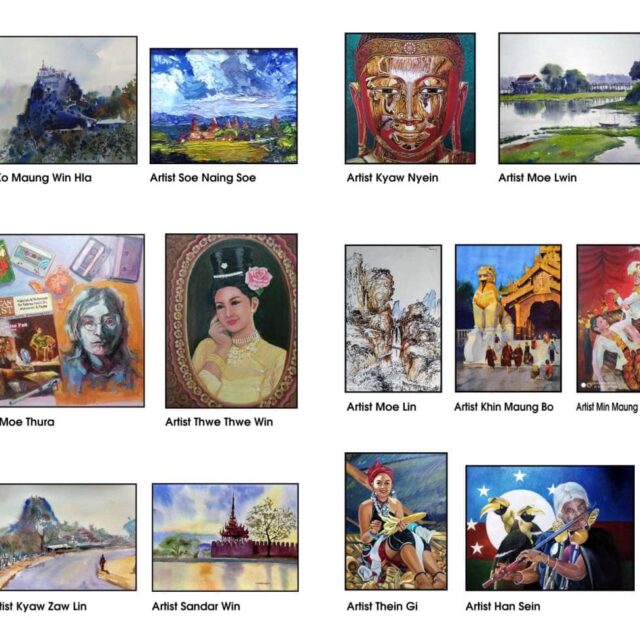The transactions of Myanmar’s bamboo handicrafts is high early this year.
In some ASEAN countries, they produce value-added products and foodstuffs using forest products and receive incomes from local and foreign travellers. The regional countries create bamboo handicrafts to earn foreign income and Myanmar also lures the interest of tourists with Myanmar traditional artworks such as lacquerwares and utensils. Myanmar boasts of various handicraft industries and can earn foreign income with the exports of bamboo products, commodities and value-added foodstuffs and it can also create opportunities to promote the socio-economic status of bamboo farmers and entrepreneurs.
“We grow bamboos in 2,500 acres of land in Yedashe Township of Toungoo District to produce commodities, foodstuffs and decoration materials from the bamboo. Depending on the age of bamboo and the year of production, the quality of exported products will be also correct, and so we need the systematically cultivated bamboo plantations under a plan. Bagan, Inlay, hilly region, Upper and Lower parts of Myanmar produce bamboo products. China earns billions of yuan yearly
from bamboo exports. Our country has large forest areas and if we make efforts to earn local/foreign incomes from the bamboo sector, it will bring benefits to the government, bamboo farmers and business persons,” said U Hla Htay Win, General Secretary of Myanmar Bamboo Industry Development Association.
The ASEAN member countries like Indonesia, Viet Nam, Thailand, Malaysia and Laos produce bamboo handicrafts and foodstuffs and China also produces beer and alcohol from bamboo shoots and toothpaste and soap including other commodities from bamboo leaves, and they export the products.
“The sales of bamboo products are good again early this year than the period of COVID-19. Although there is no foreign tourist, the transaction becomes better than before due to the high numbers of local visitors. We mainly transport the products to Bagan, Chaungtha, Pathein, Yangon, Mawlamyine, Mandalay and Sagaing.
The bamboo hats and purses are suitable for this season and most of the customers make orders to the main sales centre. As the bamboo industry mainly relies on tourism, the sale is good as the numbers of local travellers are high during the public holidays,” said U Aung Lwin, the bamboo handicraft maker from Ngathaingchaung Township.
The local bamboo industry depends on the tourism industry and the sales of bamboo products are high again since early this year in Yangon and Ayeyawady regions. About 100 bamboo-based products such as caps, purses, chairs and mats are being produced in the country.—Nyein Thu (MNA)/GNLM
Bamboo handicraft transactions rise
- March 06, 2022
- 1474














